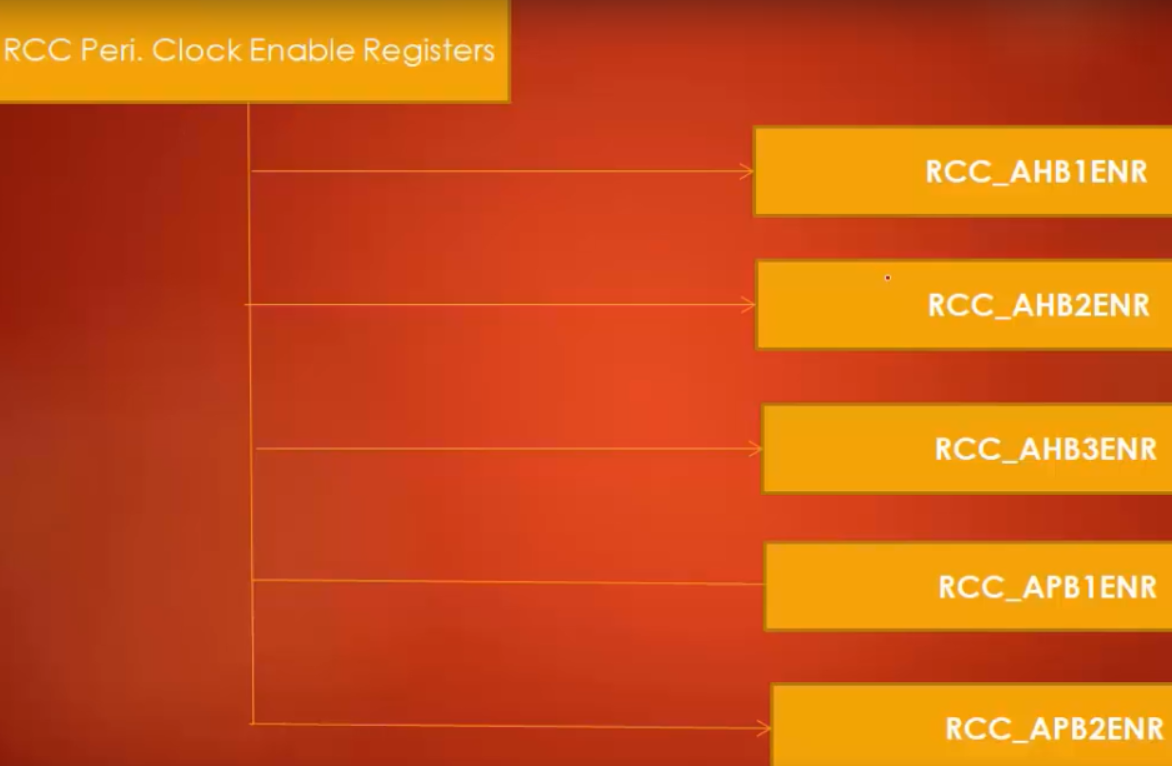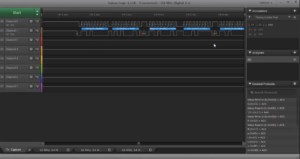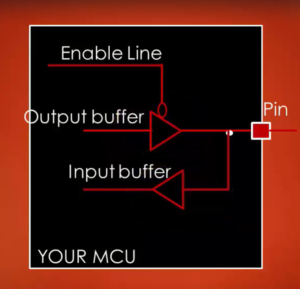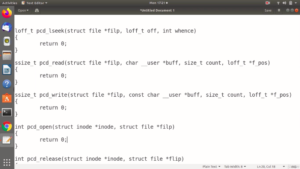Enabling and disabling GPIO peripheral clock
In this article, let’s understand about enabling and disabling of GPIO peripheral clocks.
RCC is the engine that controls the clock for all the domains of the microcontroller. Like the AHB domain, APB domain, processor domain, memory domain, etc. So, according to the block diagram of STM32F407xx discovery, various GPIO ports are connected to the AHB1 bus.

So that in RCC_AHB1ENR, we can find that enabling and disabling bits to control the clocks for various GPIO ports.

In RCC_AHB1ENR, we will find the bit positions to control the clock for various GPIO ports from GPIOA to GPIOI. So, to make a corresponding bit as 1, the clock will be enabled. To make a corresponding bit is equal to 0, the clock will be disabled.
FastBit Embedded Brain Academy Courses
Click here: https://fastbitlab.com/course1



